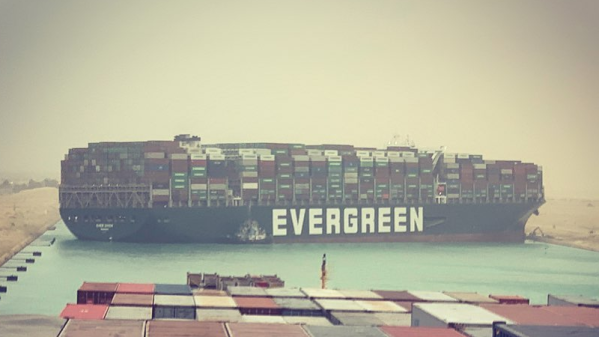Amateur radio operators have a saying: When all else fails, there’s ham radio. And that’s true, at least to an extent — knock out the power, tear down the phone lines, and burn up all the satellites in orbit, and there will still be hams talking about politics on 40 meters. The point is, as long as the laws of physics don’t change, hams will figure out a way to send and receive messages. In honor of that fact, the police in the city of Pune in Maharashtra, India, make it a point to exchange messages with their headquarter using Morse code once a week. The idea is to maintain a backup system, in case they can’t get a message through any other way. It’s a good idea, especially since they rotate all their radio operators through the Sunday morning ritual. We can’t imagine that most emergency services dispatchers would be thrilled about learning Morse, though.
Just because you’re a billionaire with a space company doesn’t mean you’re an astronaut. At least that’s the view of the US Federal Aviation Administration, which issued guidelines pretty much while Jeff Bezos and his merry band of cohorts were floating about above the 100-km high Kármán line in a Blue Origin “New Shepard” rocket. The FAA guidelines make it clear that those making the trip need to have actually done something to qualify as an astronaut, by “demonstrated activities during flight that were essential to public safety, or contributed to human space flight safety.” That’s good news to the “Old Shepard”, who clearly was in control of “Freedom 7” during the Mercury program. But the Bezos brothers, teenager Oliver Daemen, and Wally Funk, one of the “Mercury 13” group of women who trained to be NASA astronauts but never got to fly, were really just along for the ride, as the entire flight was automated. It doesn’t take away from the fact that they’ve been to space and you haven’t, of course, but they can’t officially call themselves astronauts. This goes to show that even billionaires can just be ballast too.
Good news, everyone — if you had anything that was being transported aboard the Ever Given, your stuff is almost there. The Suez Canal-occluding container ship finally made it to its original destination in Rotterdam, approximately four months later than originally predicted. After plugging up the vital waterway for six days last March, the ship along with her cargo and her crew were detained in Egypt’s Great Bitter Lake, perhaps the coolest sounding body of water in the world next to the Dead Sea. Legal squabbling ensued at that point, all the while rendering whatever was in the 20,000-odd containers aboard the ship pretty much pointless. We’d imagine that even with continuous power, whatever was in the refrigerated containers must be pretty nasty by now, so there’s probably a lot of logistics and clean-up left to sort out.
I have to admit that I have a weird love of explosive bolts. I don’t know what it is, but the idea of fasteners engineered to fail in a predictable way under the influence of pyrotechnic charges just tickles something in me. I mean, I even wrote a whole article on the subject once. So when I came across this video explaining how the Space Shuttles were held to the launch pad, I really had to watch it. Surprisingly, the most interesting part of this story was not the explosive aspect, but the engineering problem of supporting the massive vehicle on the launch pad. For as graceful as the Shuttles seemed once they got into orbit, they really were ungainly beasts, especially strapped to the external fuel tank and booster. The scale of the eight frangible nuts used to secure the boosters to the pad is just jaw-dropping. We also liked the idea that NASA decided to catch the debris from the explosions in a container filled with sand.













